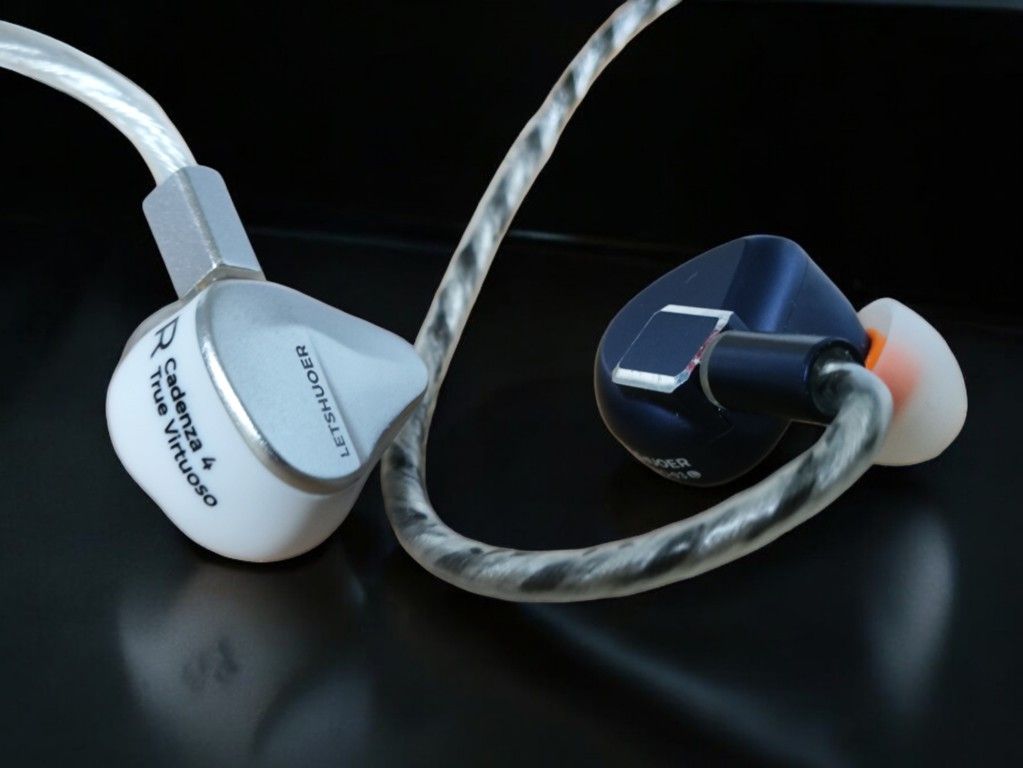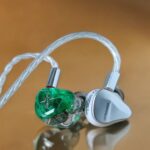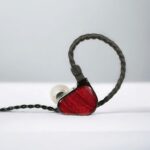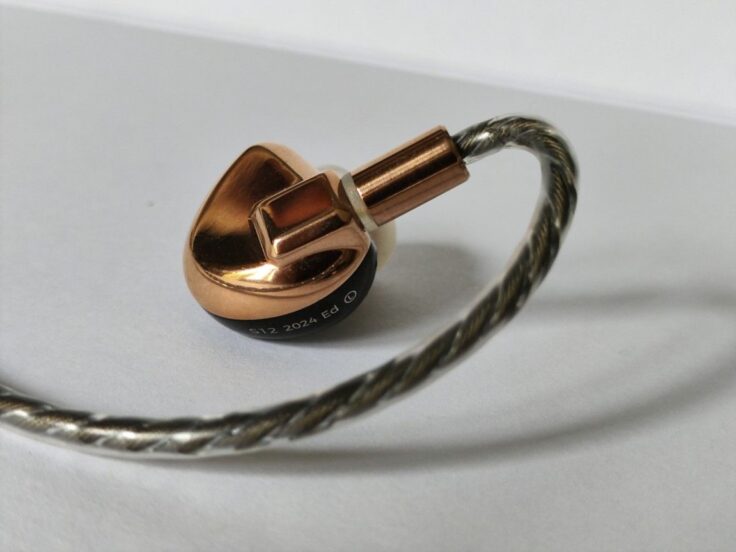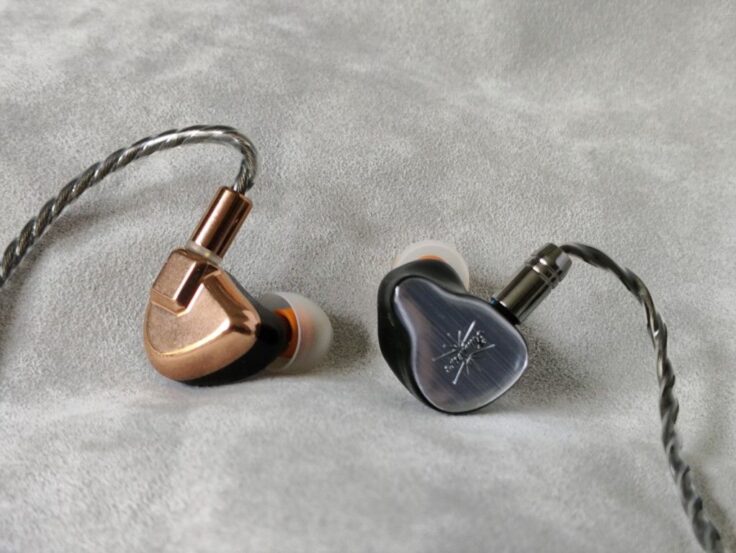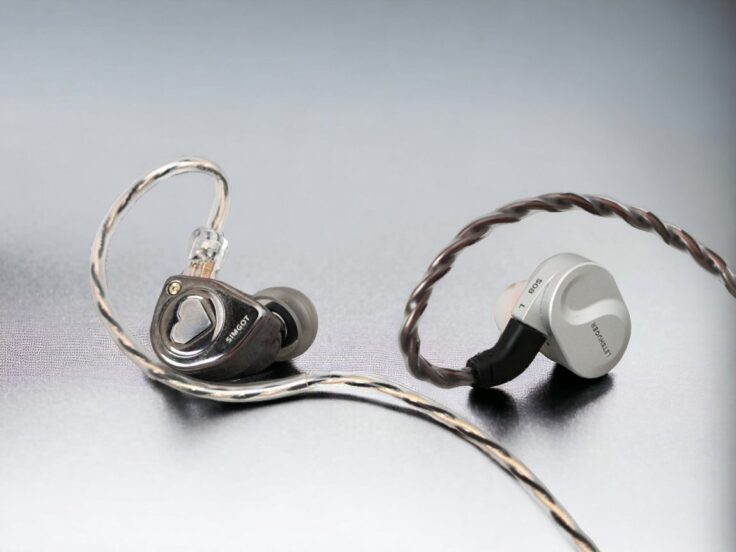When it comes to planar magnetic single driver in-ear monitors, the Letshuor S12 PRO has been a reference for several years. It features a substantial 14.8mm planar-magnetic driver, and it is particularly known for its bass performance. You can read my full review here.
Letshuoer recently launched the excellent Cadenza 4, a hybrid IEM with four drivers – one dynamic driver and three balanced armatures. You can read my full review of the Cadenza 4 here.
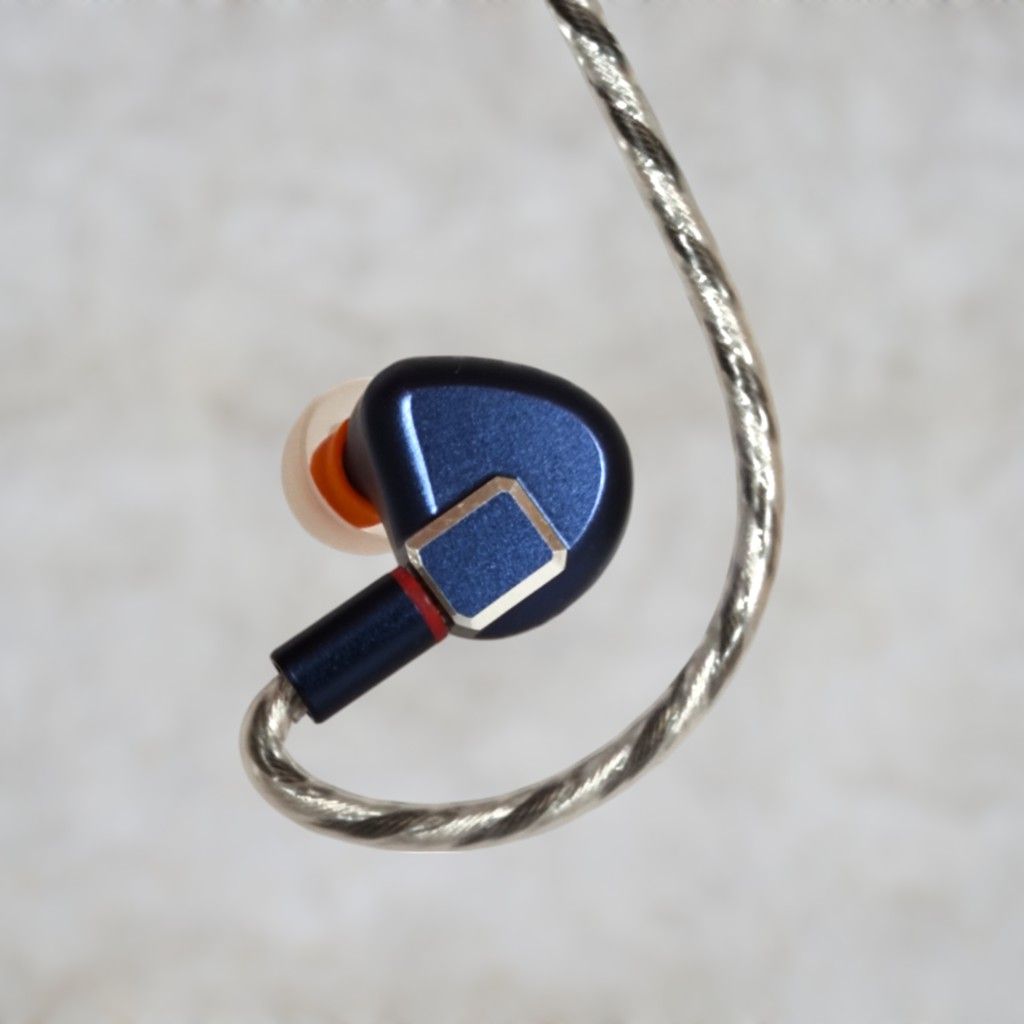
LETSHOUR S12 PRO SPECIFICATIONS
- Driver: 14.8mm planar-magnetic driver
- Impedance: 16Ω±1Ω
- Sensitivity: 102dB
- Frequency Response: 20Hz – 20KHz
- Distortion: 0.5% ±0.1%
- Connector IEM: 0.78 dual pin
- Cable termination: 2.5mm / 3.5mm / 4.4mm swappable
- Cable: 392-strands silver plated monocrystalline copper
- Chassis material: Aluminum alloy
- Machining process: 5-axis CNC
Check the current price here:
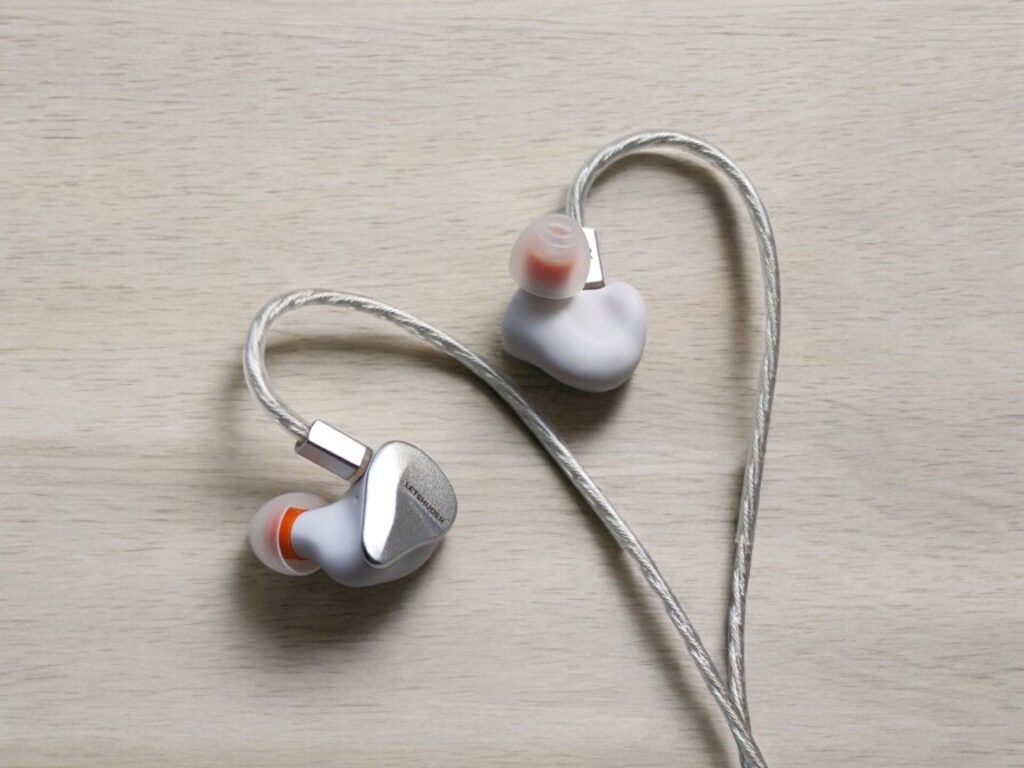
LETSHUOER CADENZA 4 SPECIFICATIONS
- Wired In-Ear Monitor
- Driver: 10mm beryllium-coated DD, 1 Sonion BA, and 2 Knowles BA
- Impedance: 15 ohms
- Sensitivity: 102 dB
- Frequency Response: 20Hz – 40kHz
- Chassis Material: 3D-printed resin, anodized aluminum faceplate
- Cable: 1.2 m, 392-strand silver-plated monocrystalline copper
- Earphone connectors: 0.78 mm dual pin
- Audio Connectors: 90-degree angled 2.5mm, 3.5mm, and 4.4mm interchangeable connectors
Check the current price here:
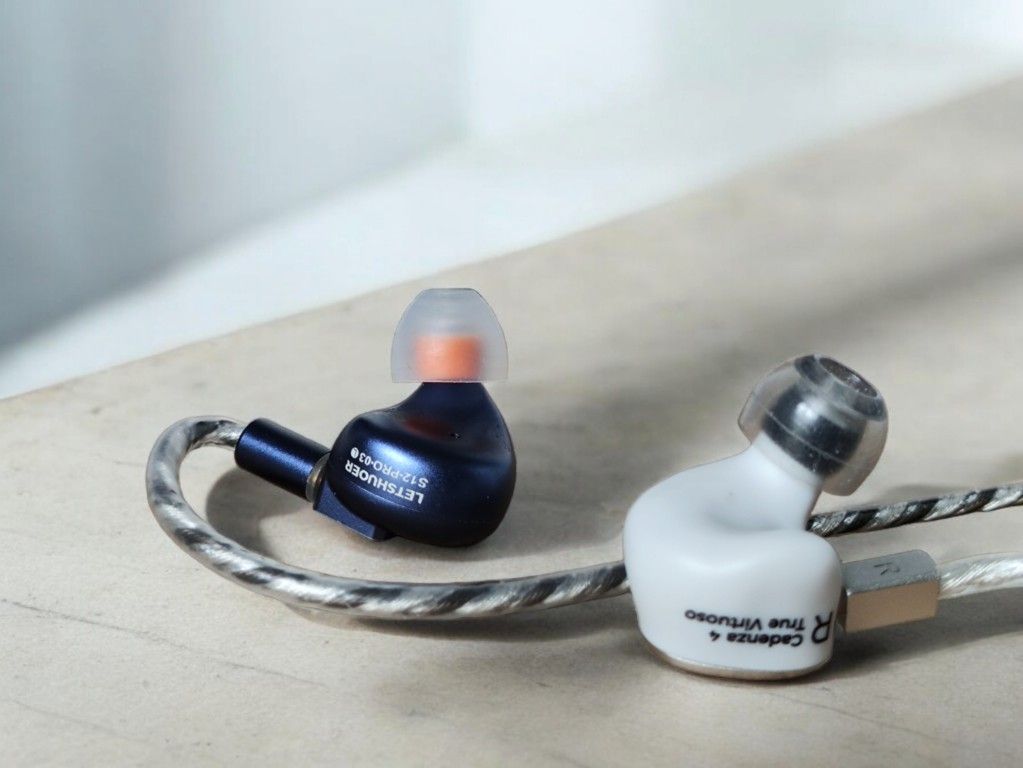
ABOUT TIPS
The Cadenza 4 is very susceptible to tip-rolling, and comes with two sets of tips: Wide bore tips called “vocal” and narrow bore called “neutral”. These sound close to my preferred (wide bore) Azla SednaEarFit Crystal and (medium narrow bore) Spinfit CP145 tips, respectively.
I used the SpinFit CP145 on the Cadenza 4 for the entirety of this review. Those tips give more bass quantity than the Azla SednaEarFit Crystal, which I often tend to prefer because it reduces the bass. However, I thought it was a better choice to use the slightly more bassy tips when compared to the S12 PRO, which also uses the CP145 tips.
The S12 PRO is not as susceptible to tip changes; the differences are very subtle in comparison.
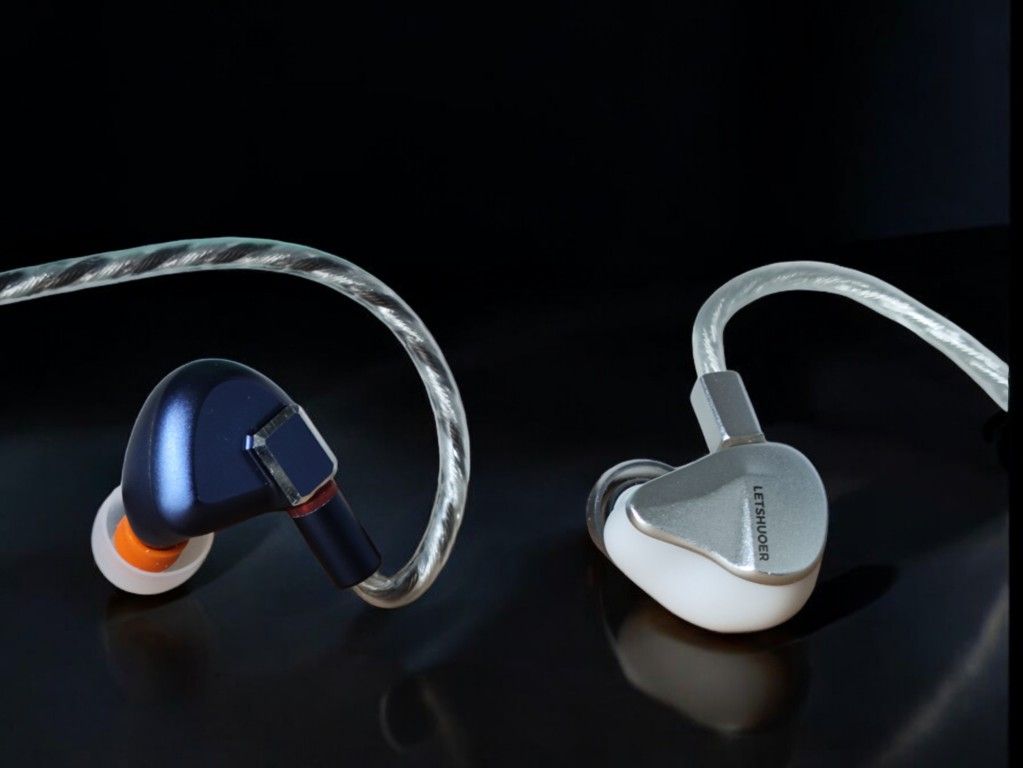
LISTENING IMPRESSIONS
I used the Topping A90 as an amplifier and the RME ADI-2 DAC FS as a source. The RME sounds excellent by itself, but it’s more practical for me to use the Topping. Both IEMs work well with portable gear, too. Anyway, here’s my track-by-track comparison:
In The Mountains by Espen Eriksen Trio
Cadenza 4: The standing bass is strong, but not overpowering, and it has great definition. The piano is clear and has a good amount of body. The percussion is beautiful, and the treble is effortless. The imaging is superb, and the soundstage is quite open.
S12 PRO: The increase in mid-bass gives the S12 PRO a meatier sound. It’s treble is a bit sharper.
Jambi by Tool
Cadenza 4: The guitar riffs are very textured without being edgy. The bass is good, with great definition. The vocals stand out in the mix. It generally sounds very effortless and spacious.
S12 PRO: The guitar riff and the bass are crisp and full-sounding at the same time. The vocals are occasionally slightly sibilant.
Smile by Pearl Jam
Cadenza 4: The bass quantity is perfect, and the bass is rendered with great definition. The separation of instruments is very satisfactory, and you can easily identify what is going on on this rather busy track. The vocals are clear and rendered without sibilance.
S12 PRO: The bass is close to perfect, the separation is good, and the electric guitar is terrific. However, the vocals have some issues with sibilance, as can be the case with this track.
Black Crow by Cassandra Wilson
Cadenza 4: The imaging and separation are great; there is an immense sense of depth and spaciousness. The vocals are the center of attention, but the bass drum is still quite powerful.
S12 PRO: It sounds good but is a bit more diffuse. The treble is leaning toward the brighter side.
Desert Island Disk by Radiohead
Cadenza 4: The guitar is crisp, and the bass is pulsing nicely. Thom Yorke’s vocals are rendered excellently.
S12 PRO: Here, the bass is actually less powerful than with the Cadenza 4. The presentation is dryer-sounding with a crisper guitar. The vocals are nice, with no sibilance.
As Before by Olga Konkova
Cadenza 4: The cajôn drum definitely throws a punch, but the piano still gets the main focus. The female vocals are absolutely wonderful, as is the piano. It sounds natural and organic, effortless, and clear without sharp edges.
S12 PRO: Here, the cajôn has a bit more thump than with the car deja l Cadenza 4. The vocals and piano are very nice, sounding a bit crisper but also slightly more diffuse than the Cadenza 4.
It Could Be Sweet by Portishead
Cadenza 4: The female vocals are beautifully rendered. They are clear and natural; there is not a hint of sibilance. The bass is powerful, with great control and authority, but not overly dominant.
S12 PRO: The bass is fabulous, but the vocals are too bright for my preferences and struggle with bothersome sibilance.
Brahms’ Symphony No. 2 III by Paavo Järvi
Cadenza 4: The kettledrums are quite massive, and the bass goes deep. The strings and wind instruments are beautifully rendered. The separation of instruments is excellent, and even though there is good space between them, they are rendered with a good amount of body and presence.
S12 PRO: The kettledrums are wonderful with the S12 PRO too. The strings sound nice, with a bit of a sharper tonality and not as precise as the Cadenza 4, but definitely enjoyable.
Young Vivaldi’s Violin Concerto RV 813 III by Ensemble Modo Antiquo
Cadenza 4: The strings sound fabulous. They have bite and attack, but at the same time, they have a rounded and organic feeling to them. There is no harshness, but they’re not laid-back either.
S12 PRO: The strings sound more textured, with sharper edges and more diffuse imaging. It sounds brighter and crisper; the Cadenza 4 is warmer, more organic, and smoother.
Limit to Your Love by James Blake
Cadenza 4: Blake’s vocals are clear and crisp. The bass is really excellently rendered, and the subbass is very present. I wouldn’t want more bass.
S12 PRO: The bass is brutally good, not more powerful than the Cadenza 4, but different, and even better controlled. The vocals are crisper and brighter. This track sounds very good on the S12 PRO.
Bullet In The Head by Rage Against The Machine
Cadenza 4: Another bass-heavy track where there is enough sub-bass to really make the Cadenza 4 sound like a bassy IEM. Great separation as always; everything is very detailed and organic-sounding.
S12 PRO: There’s more mid-bass, which makes the S12 PRO sound a bit more massive in the bass. It’s very nice, but the difference isn’t too large. The vocals are better separated and more articulate with the Cadenza 4. The S12 PRO also gets a bit too sibilant, something the Cadenza does not.
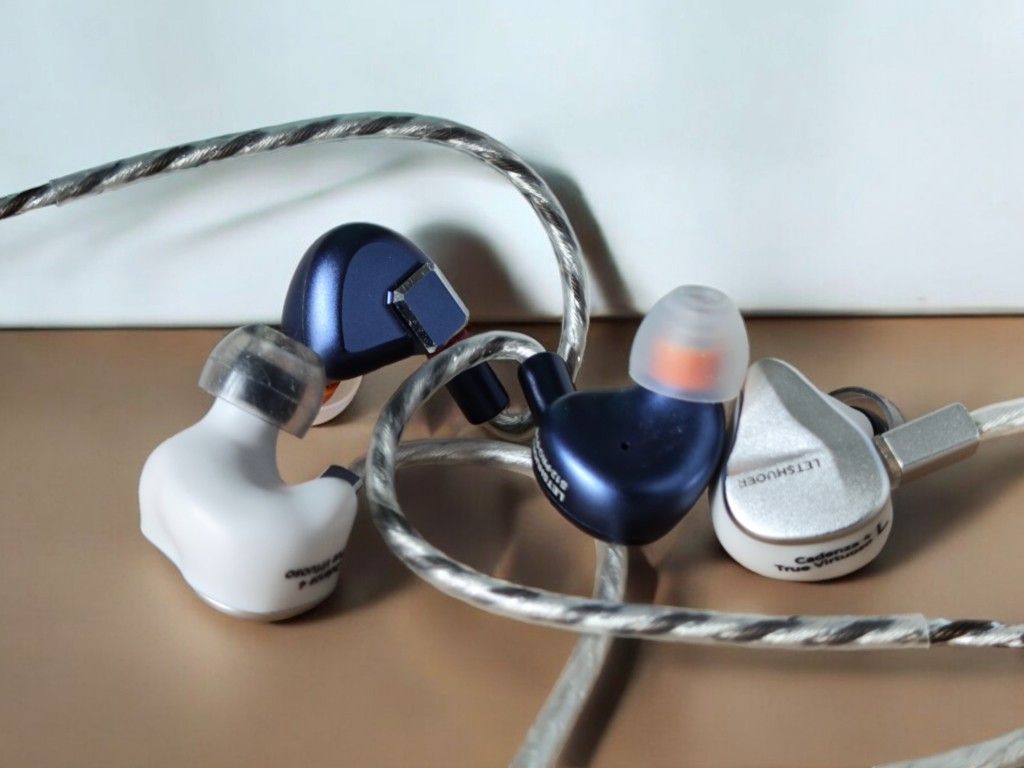
WRAPPING IT UP
Sound signature
In this review, I have used the Cadenza 4 with Spinfit CP145 tips that sound similar to the most bassy tips that come with the Cadenza 4, called “neutral” tips. With the supplied “vocal tips,” the sound gets slightly crisper and has less bass quantity.
That said, with the tips I have used in this review, I find the Cadenza 4 to sound very neutral in a natural way, with a well balanced sound that ensures the midrange shines but the bass and treble aren’t recessed either.
The S12 PRO is less neutral but still not extremely different: Both the S12 PRO and the Cadenza 4 offer a similar amount of sub-bass, with the S12 PRO emphasizing more mid-bass. They both have a present midrange, but the S12 PRO tends to sound brighter. The treble is quite different, though, with the S12 PRO being significantly brighter.
Treble
There’s a notable difference in the treble presentation between these two earphones. The Cadenza 4 features cleaner and more organic treble, whereas the S12 PRO can be somewhat edgy with extra crispiness that occasionally leads to sibilance—an issue that’s absent with the Cadenza 4’s more liquid and smooth treble. Additionally, the Cadenza 4’s treble feels more nuanced and detailed.
Midrange
I find that both earphones handle the mid-range quite well, but the Cadenza 4 is truly excellent and stands out with its pronounced, organic, and rounded presentation, offering more detail as well.
Bass
The Cadenza 4 boasts sufficiently powerful, high-quality bass. However, the planar magnetic driver of the S12 PRO works true magic in the lower frequencies, consistently delivering even better performance. While neither of these headphones are bass monsters, they certainly don’t hold back either.
Soundstage and Imaging
The S12 PRO tends to sound more open, likely due to its brighter character, whereas the Cadenza 4 excels in imaging and layering thanks to its higher precision.
Detail, Dynamics and Timbre
In terms of detail and nuance, the Cadenza 4 excels in the treble and midrange, while the S12 PRO holds a slight edge in the bass.
Regarding dynamics, both perform admirably, yet the Cadenza 4 exhibits more organic dynamism. As for timbre, the Cadenza 4 boasts excellent warmth that’s natural in a neutral way. The S12 PRO is also somewhat warm sounding, but it has a dry sense of warmth.
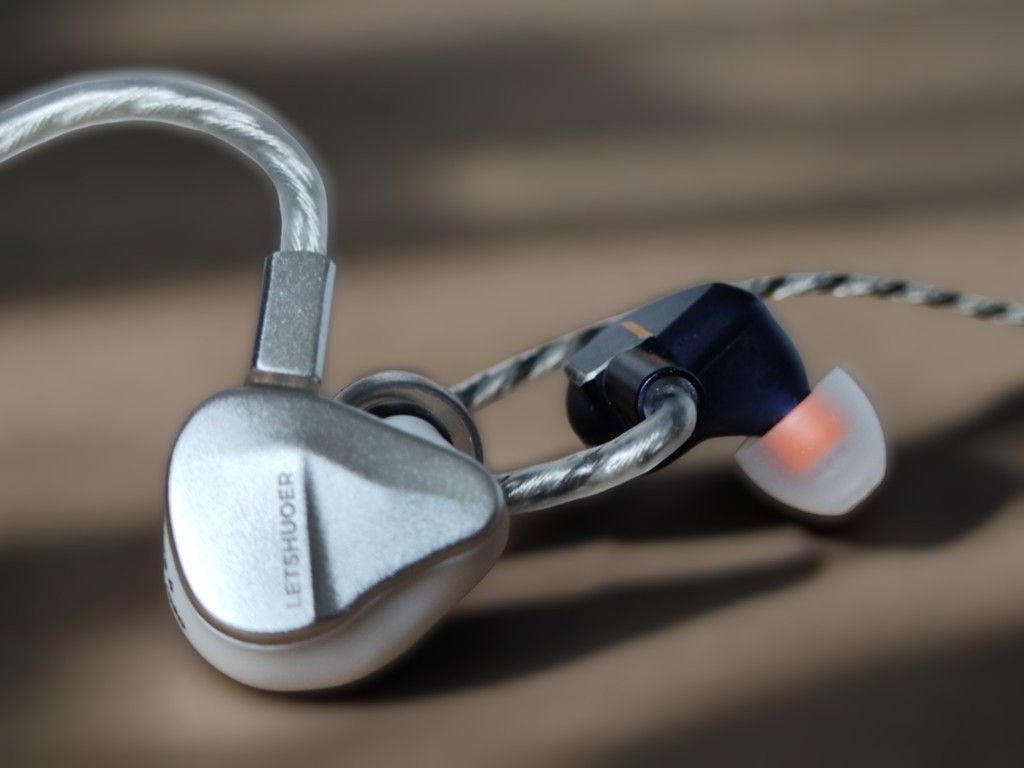
CONCLUSION
The Letshuoer S12 PRO is a planar magnetic single-driver earphone with many fans. It is known for its especially great bass performance, and it certainly delivers the goods in the lower regions. Even though the Cadenza 4 has excellent bass, the S12 PRO is even better. Not so much in terms of quantity as in quality. There is just something about planar-magnetic earphones and bass when it’s done right.
In the midrange and treble areas, however, the S12 PRO is not at the same level as the Cadenza 4. The treble is much better with the Cadenza 4, much smoother and more refined. The midrange is also better, with a more organic tonality. Even though the S12 PRO does have a somewhat warm feel, it’s on the dry side, not as natural-sounding as the Cadenza 4.
Purchase links:
Any purchase you make on Amazon or Linsoul with any of our affiliate links will give us a small provision at no cost to you.
We only get a provision for items that are not returned, so there’s no incentive for us to recommend something that’s not good.
Linsoul : Headphones, Earbuds, Wireless Earbuds, Desktop DAC/AMP, Portable DAC/AMP, Digital Audio Players,
Amazon: Headphones, IEMs, Headphone Amplifiers, Home Audio or Anything else.
.
If you enjoyed this article or other content on The Headphoneer, you might consider leaving a small donation to keep this website up and running. No donation is too small. Thanks for supporting us!
If you like our work please follow us on Instagram, Facebook and Twitter , it will help us grow. Sharing is caring 🙂


